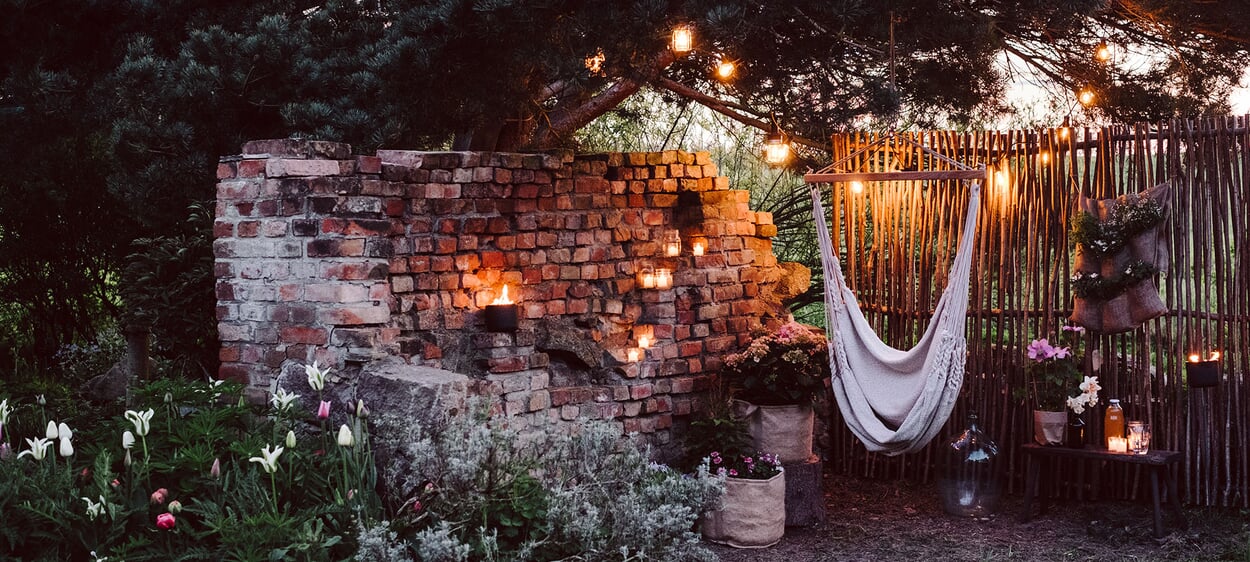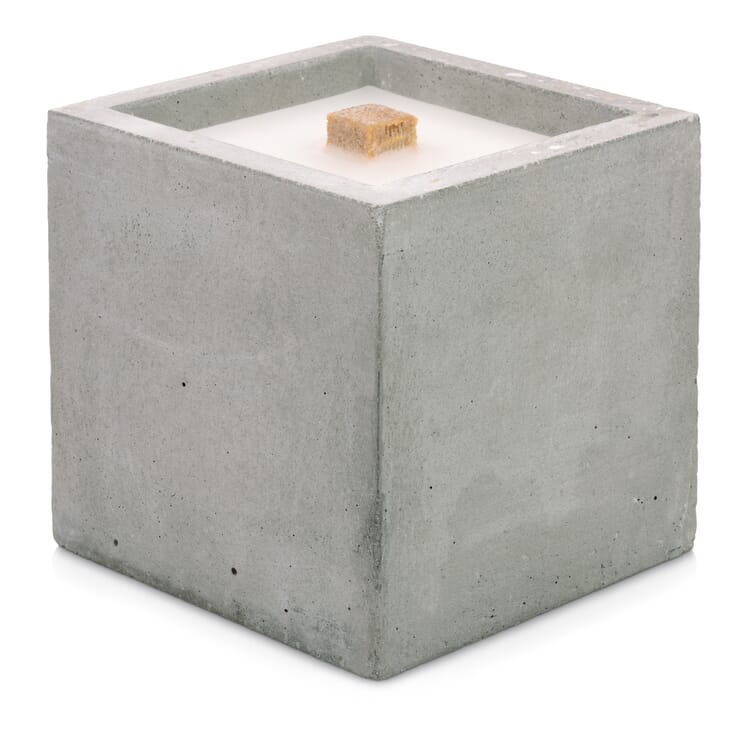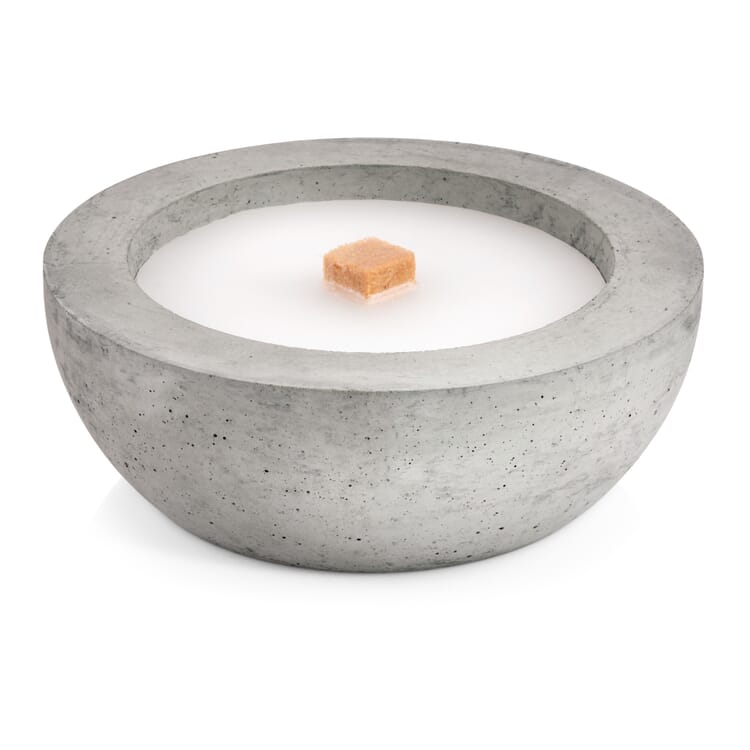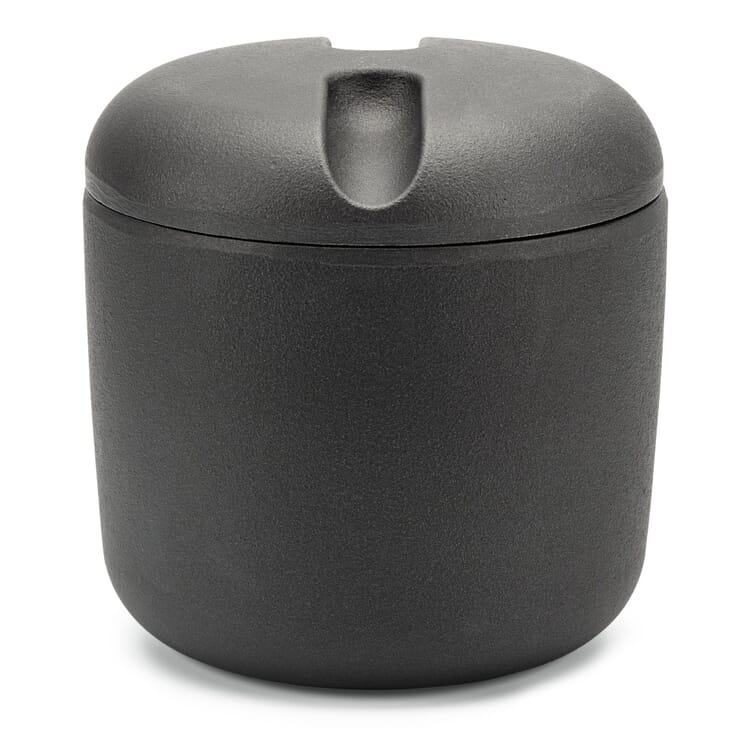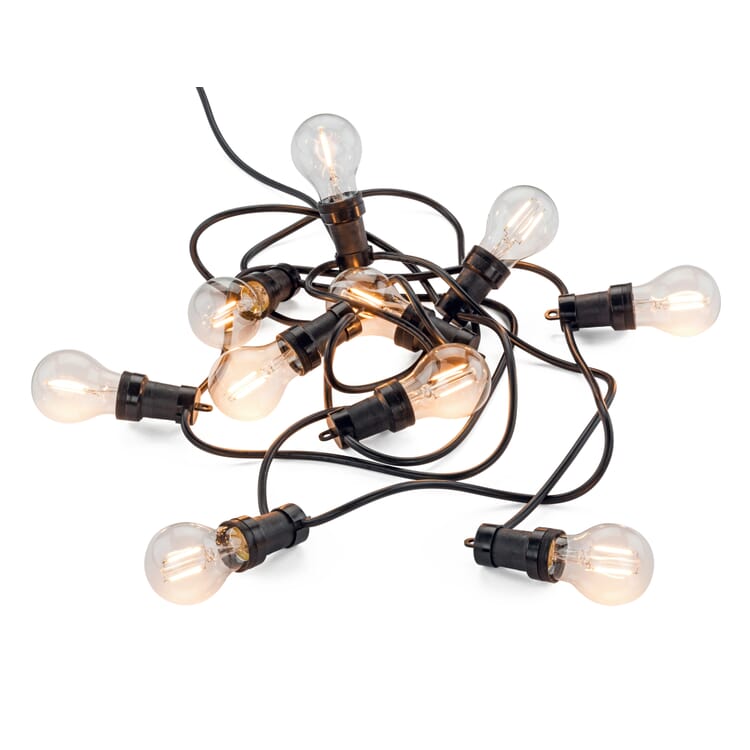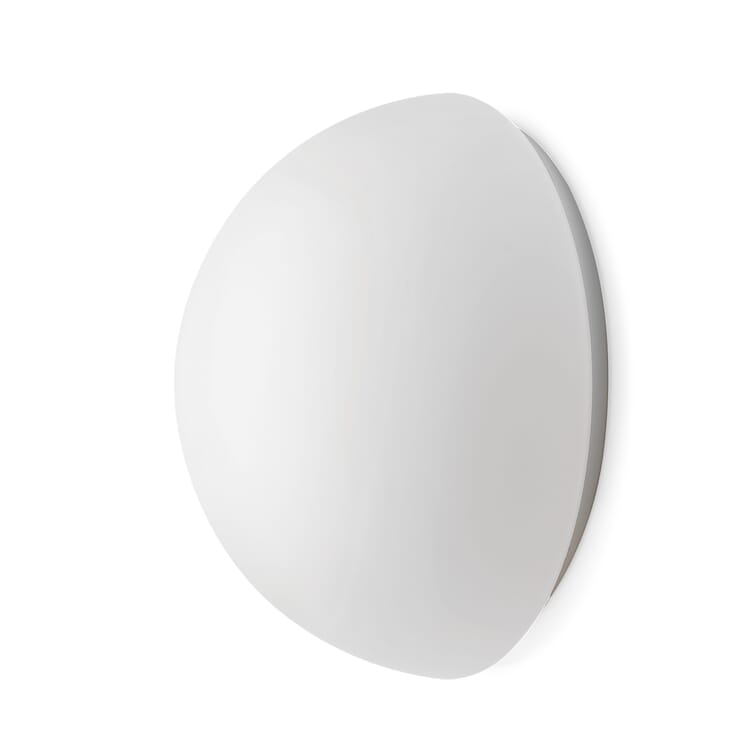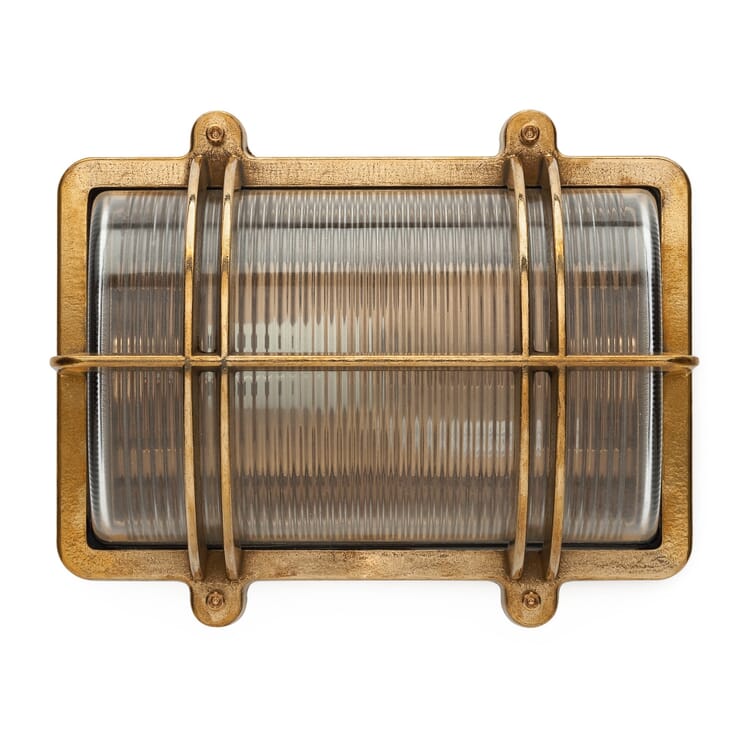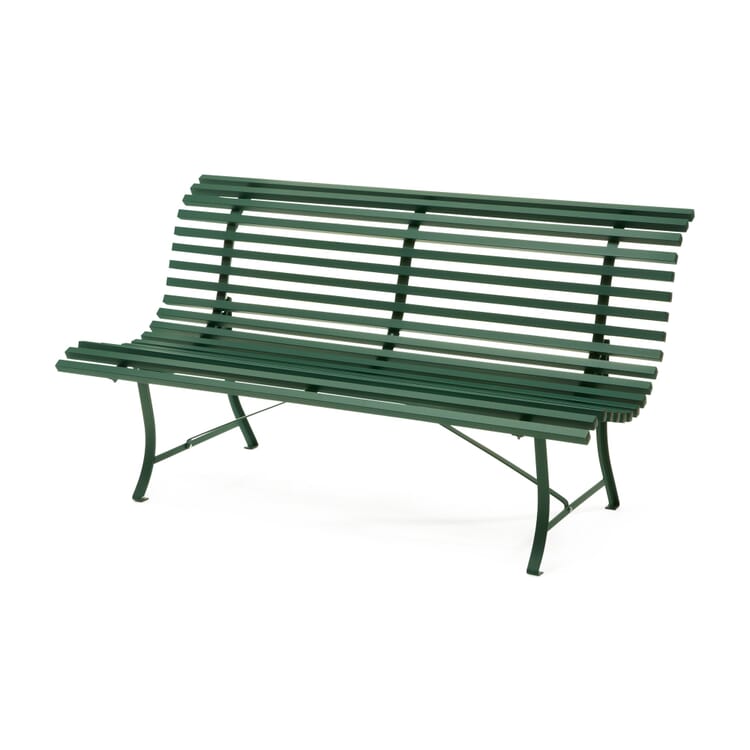Visibly restful. Islands of light in the garden
Our gardens are places of connection with nature, tamed - and untamed. They are true oases that offer a wide range of sensory impressions: the colors and scents of the flowering plants, the sounds of chirping birds, buzzing insects and rustling soil dwellers, the multi-layered aromas of self-harvested fruits that we have grown in contemplative occupation or with strenuous muscle power, the textures of the soil that we work. Just looking at the greenery calms the human mind and allows us to breathe deeply. Even watching the little plant we have grown ourselves fills us with an unexpected contentment. It seems paradoxical, but it's true: while life around us is bursting with energy and passion, we find peace and relaxation in the garden.
More light. The human eye
In order to fully enjoy and perceive all this, we need light - vision is considered one of the most important senses for conscious perception. The primary sense organ for light perception is our eye, one of those amazing Wunderwerke of nature, multi-layered and complex in structure. When light rays hit the retina (the inner skin of the eye), the nerve cells there are stimulated, the so-called photoreceptors. There are 400,000 of these sensory cells per square millimeter in the human retina: about 120 million rods, which are responsible for seeing light and dark, and about 6 million cones, which enable color perception. Stimulated by light waves, they fire their neuronal impulses via the optic nerve toward the brain. Strictly speaking, we see with the visual cortex (the visual cortex) of our brain, which assembles the light stimuli fed to it into an image, i.e. into a conscious perception, in the first place. Now the sun - our first and most important source of light and energy - does not always shine. It is night, it is cloudy and rainy, we are inside a building. "More light" is then a deep-rooted need for us. That's why our ancestors already helped themselves in their cave by developing artificial light sources. In the La Mouthe cave, located in the Vézère valley in southwestern France, archaeologists found small stones that had been deliberately hollowed out. There is evidence that fat was burned in these stones around 20,000 years ago with the help of wicks made of moss and hair, and that the flame was used as a source of light. We can still do this today - and even better. So what could be more obvious than to illuminate and furnish the unique recreational space of the garden in such a way that, after we have completed our day's work, we can still experience it with all our senses after sunset. And the most original form of lighting is still today: the fire.
Fascination Fire. Safe in space and time
The fire bowl on the terrace or the garden fireplace on the lawn: One of those light, deeply contemplative moments in the garden is gazing into the fire. It was about a million years ago that man succeeded in taming the elemental power of fire - a decisive step in human evolution that was to have unforeseen consequences. The tamed fire not only formed the warming center of a campsite, later of house, yard and home, around which the members of the group, the family, gathered. It not only provided effective protection from predators that crept up in the darkness. Rather, it enabled a revolutionary form of food preparation that advanced both the physical and spiritual development of man. This was because cooking, roasting and frying over fire made it possible to break down the energy source of meat more efficiently and digest food more easily. The energy saved during digestion was invested by human physiology in the most energy-hungry organ: the brain. Perhaps it is because of this evolutionary significance that fire continues to hold such a fascination for us today. Gather people around the fire crackling in the steel barrel, in which the logs crackle and from which a shower of sparks rises now and then - everyone will turn to the flickering spectacle as if magically attracted. The voices become quieter, calmness and serenity return, the eyes are directed pensively to the flames. "With the fire, man never feels alone. The flame can provide company - therein lies the primordial connection between flame and soul," found the cultural philosopher Oswald Spengler. By the fire, man feels secure in space and time.
Setting visual accents. Functional and aesthetic
Of course, it does not necessarily have to be the open flame. With the achievements of modernity, i.e. with electric light, we can also set atmospheric visual accents in the garden - and functionality plays just as important a role as aesthetics. If you want to illuminate paths and steps in your garden so that you don't get lost in the undergrowth at night or stumble over the snail-hunting hedgehog, you can use outdoor and ground lights with a higher light intensity. Made of a durable material and equipped with an appropriate IP rating, these lights effortlessly withstand the elements. And with indirect lighting, you can achieve a pleasantly unobtrusive effect in the natural space of the garden, especially since you should take care not to cause any unnecessary "light smog". Nighttime "light pollution" is an issue that must be taken seriously, not only because human continuous fire - even observed from space - stages an unnatural sea of lights. Rather, our tendency to turn night into day upsets the natural biorhythms of all living things. Migratory birds and nocturnal insects lose their orientation, blackbirds and robins chirp at one o'clock in the morning - even our own sleep rhythm is thrown off balance. It is much better to be on the same wavelength as nature if you do not install your functionally oriented lights directly next to the nesting box or hedgehog house and also equip them with a motion detector or a timer. In this way, you save energy and are in the light when it is actually needed. Even more restrained, but all the more atmospheric illuminate your garden with the soft glow of "archetypal" fireplaces and lights. A string of lights wound along the patio or garden wall sets atmospheric accents, as do lanterns, kerosene lamps or a fire bowl whose flames cast that fascinating play of light and shadow.
Atmospheric islands of light. Filled with sensual impressions
Your islands of light become your favorite corner with furnishings that embrace you just as coherently as the glow of light in your garden. Lean back comfortably on the curved garden bench, with a happy hour drink on the garden table made of local woods, a grill next to it on which the evening meal is sizzling, a woolen blanket thrown around your shoulders to keep the evening chill away: With such good things, you create restful observation posts in your garden, where at the end of a busy day you can fully enjoy all the colors, sounds and scents of the tamed as well as untamed nature around you - and actually watch your own hand-planted plants bloom and thrive.

